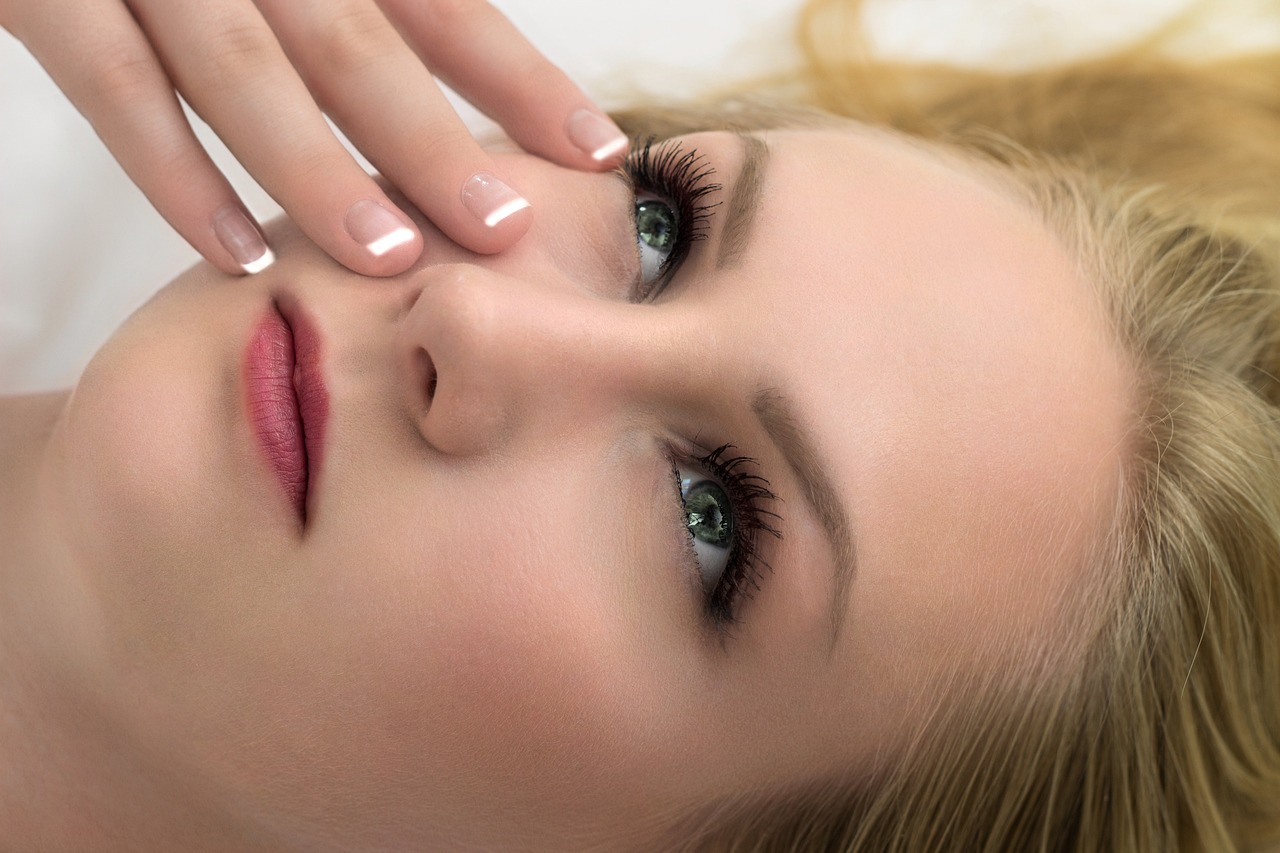Milia are usually harmless, and should resolve themselves within weeks or months on their own. But if they continue, it’s essential to consult a healthcare professional immediately.
Milia are hard white bumps that resemble pimples or whiteheads and don’t hurt or spread infection; however, pressing them too hard could result in irritation or infection.
Causes
Milialar are small white bumps or cysts that appear when dead skin becomes trapped beneath the surface of skin or mouth. While most often seen among newborns, milia usually dissipate over time within weeks. Milia can occur in older children and adults on any part of the body.
Milia can be caused by skin trauma such as burns or blistering rashes as well as laser treatments or chemical peels, or damaged caused by laser treatments or chemical peels. Milia may also result from medications or health conditions, including herpes or diabetes.
When diagnosing and treating milia, it’s essential to visit your physician immediately. Never attempt to pop them yourself as this can result in scarring; rather, your physician can use a needle to puncture them and squeeze out their contents before treating with over-the-counter adapalene gel or prescription retinoids, both of which help stimulate faster skin exfoliation rates, helping prevent future formation.
Symptoms
Milia are painless dome-shaped cysts (milia). They usually develop on areas of damaged skin such as around the eyes or nose, though newborns can also experience them. Newborns will typically outgrow them within weeks or months without treatment, while adults can have them for years; particularly those suffering from rare types like “milia en plaque,” where multiple cysts form on an inflamed patch of skin like an inflammatory plaque.
Milia are different than the more commonly seen acne lesions; they usually feature pearly white spots that do not itch when alone, though multiple eruptions of them may become itchy and itchy when multiple cysts erupt simultaneously. Healthcare professionals can typically identify milia by inspecting either skin or mouth samples to spot it; in order to rule out other conditions like basal cell carcinoma that might resemble it further. It is wise to avoid poking at or trying to pop milia as this increases infection risks and scarring.
Diagnosis
Healthcare providers can usually diagnose milia through visual inspection. They will ask whether the cysts have been present prior to an illness or injury and may inquire as to any prescription medicines such as topical steroid cream being taken; in rare cases a skin biopsy may also be required.
Milia most often affects newborn babies and infants, though the condition can also occur in adults of any age. Although milia can appear anywhere on the skin, its manifestation typically disappears within weeks for newborns and infants and months for older children and adults.
Milia en plaque is an extremely rare form of the condition that involves multiple milia appearing within an erythematous (red and inflamed) skin patch of several centimeters in diameter, typically appearing on eyelids, cheeks or jaw. It can affect any age group and gender; and may even co-occur with pseudoxanthoma elasticum, discoid lupus erythematosus or lichen planus.
Treatment
Milia typically doesn’t require treatment and will go away on its own in infants and newborns, however this condition can still impact older children and adults as secondary milia often stems from skin trauma caused by burns, rashes or abrasions, prolonged use of strong topical creams (retinoids) or excess sun exposure.
Milia aren’t harmful, but they may be embarrassing if they appear on your face or other visible areas of the body. Unlike pimples or spots, milia are hard and feel like small particles of dirt underneath your skin – unlike their counterparts that pop and become inflamed easily and leave scarring in their wake.
Milia can be safely extracted using a minor procedure performed by a healthcare professional. A sterile needle is used to make an incision and the contents of the milia removed through it. Regular exfoliation and consistent use of low-dose retinoid cream can help prevent new cases by speeding up skin cell turnover rates and helping speed up cell turnover cycles.

